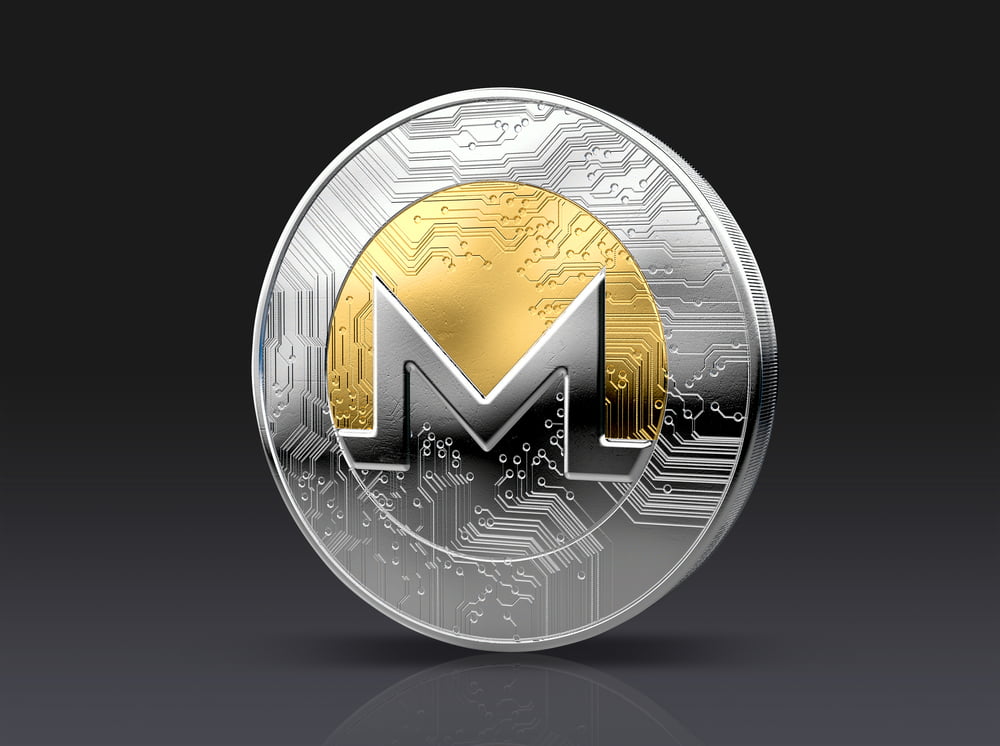The Monero community has been patiently waiting for major upgrades to the protocol. Most of these changes were introduced in the recent Helium Hydra release, although there are a lot of new features and services on the horizon which are not part of that update. The Monero developers have also released a GUI wallet for the new update, as the wallet needed to undergo some major changes as well.
Helium Hydra GUI Binaries are Here
Given the recent development updates and upgrades presented by Monero’s Helium Hydra release, the GUI binaries required some additional time. While it is not overly difficult to run the Monero client from a command line, having a graphical user interface makes the concept a lot more straightforward for both novice and advanced users alike. The GUI binaries have now been officially released and they are fully compatible with Helium Hydra.
Monero developers released the GUI binaries for every platform one could ask for. Windows – both 32-bit and 64-bit – as well as Linux and Mac OS X are all supported at this point in time. Interestingly enough, there is also a solution for ARM devices, which means that people can use the command-line tools for this wallet on smaller devices such as a Raspberry Pi as well. That latter point is pretty significant, as it shows the Monero developers aim to provide support for as many devices as possible.
Do keep in mind these binaries represent the first non-beta version of the Monero GUI. Every version up to this point has been a beta “test” of some sort to collect more community feedback. It will be interesting to see how the community responds to the new releases. It is certainly true a lot of people have been waiting for these binaries and will be more than eager to explore what the new GUI can do for them.
All of this goes to show the Monero ecosystem is preparing for what the future may bring. A fork will occur on September 15th to accommodate some of the changes introduced by Helium Hydra, which will require an overhaul of the existing protocol. With these new binaries, everyone can fully prepare for that fork without having to worry too much. Although some people may feel the binaries were released precariously close to the fork deadline itself, this should not cause any major issues whatsoever.
The biggest selling point of this new release is how the synchronization with the blockchain has been sped up significantly. With a new GUI to accommodate those changes, it becomes even more apparent how much things have evolved. No one likes to sit around for hours or days for the blockchain to sync properly. With these brand-new GUI binaries, users can see the improved syncing procedure and how much faster it is these days. All things considered, it is a more than valuable update in every way.
Over the next few months, we will see mobile and hardware wallet support for Monero as well. Not too much is known about these projects at this time, other than that the hardware support will be enabled through Ledger hardware. Mobile wallets will subsequently be made available for Android and iOS. No official release dates have been set at this point, but things should come together in the next few weeks and months. There are some interesting changes on the horizon for Monero.

